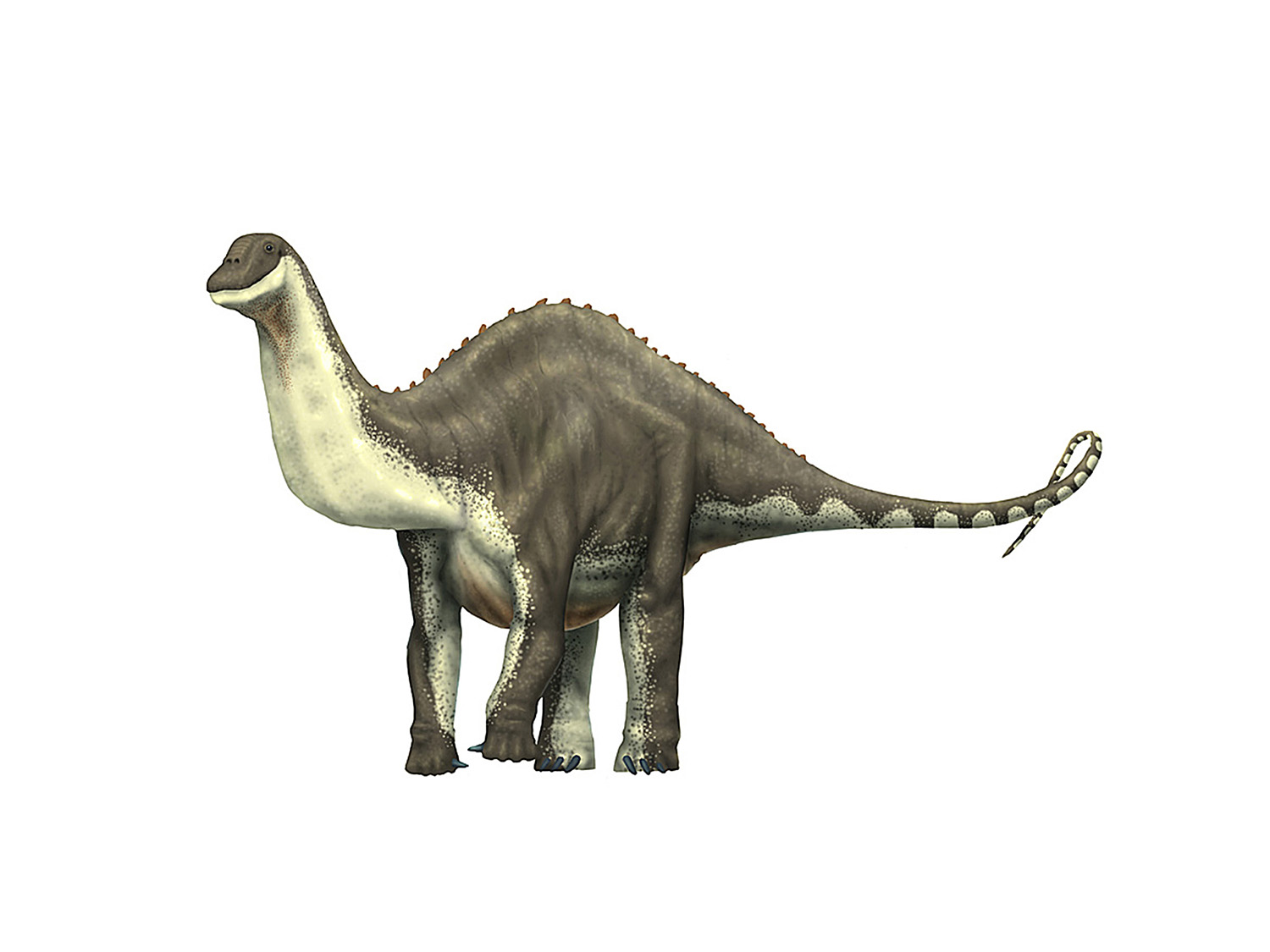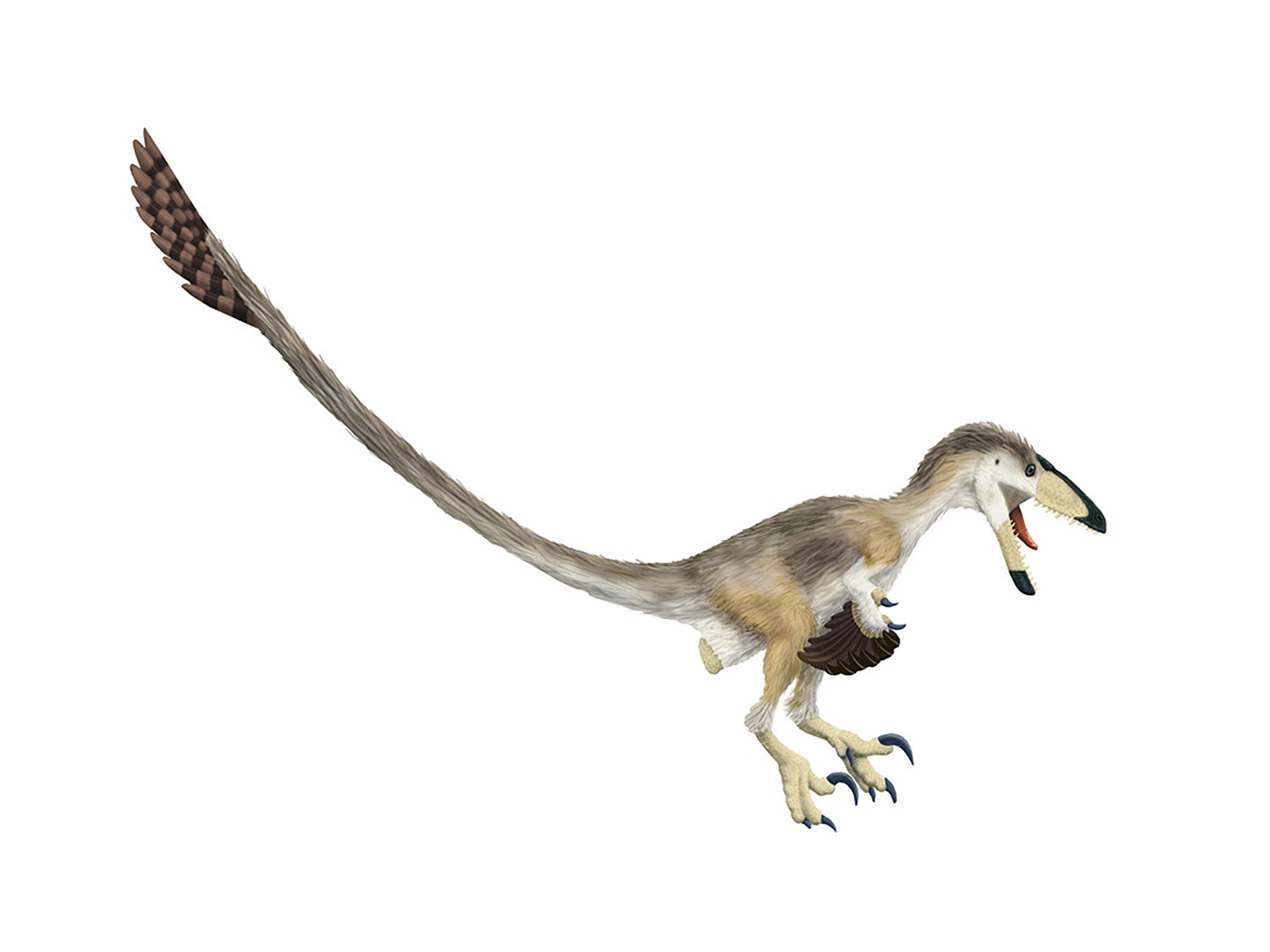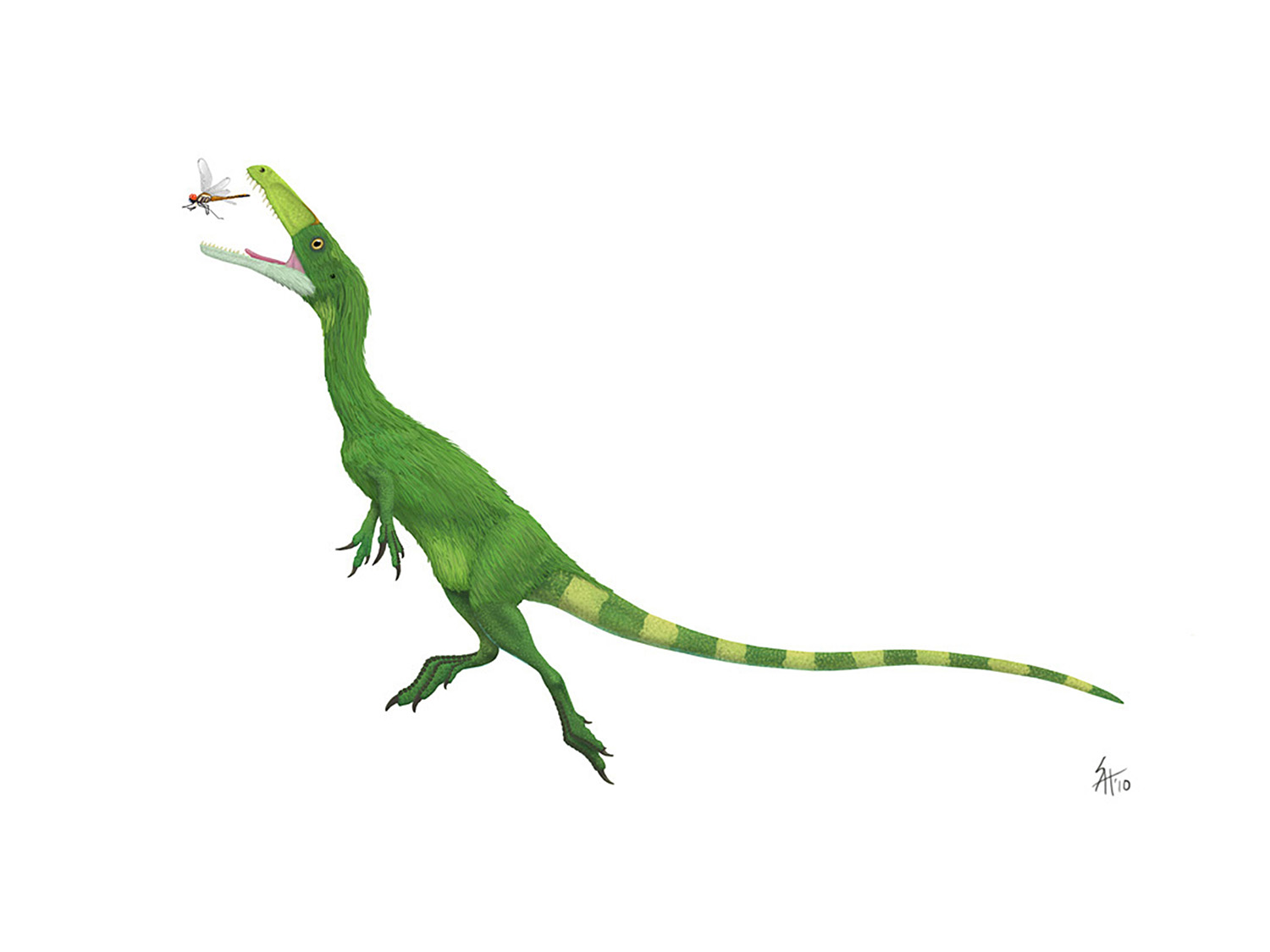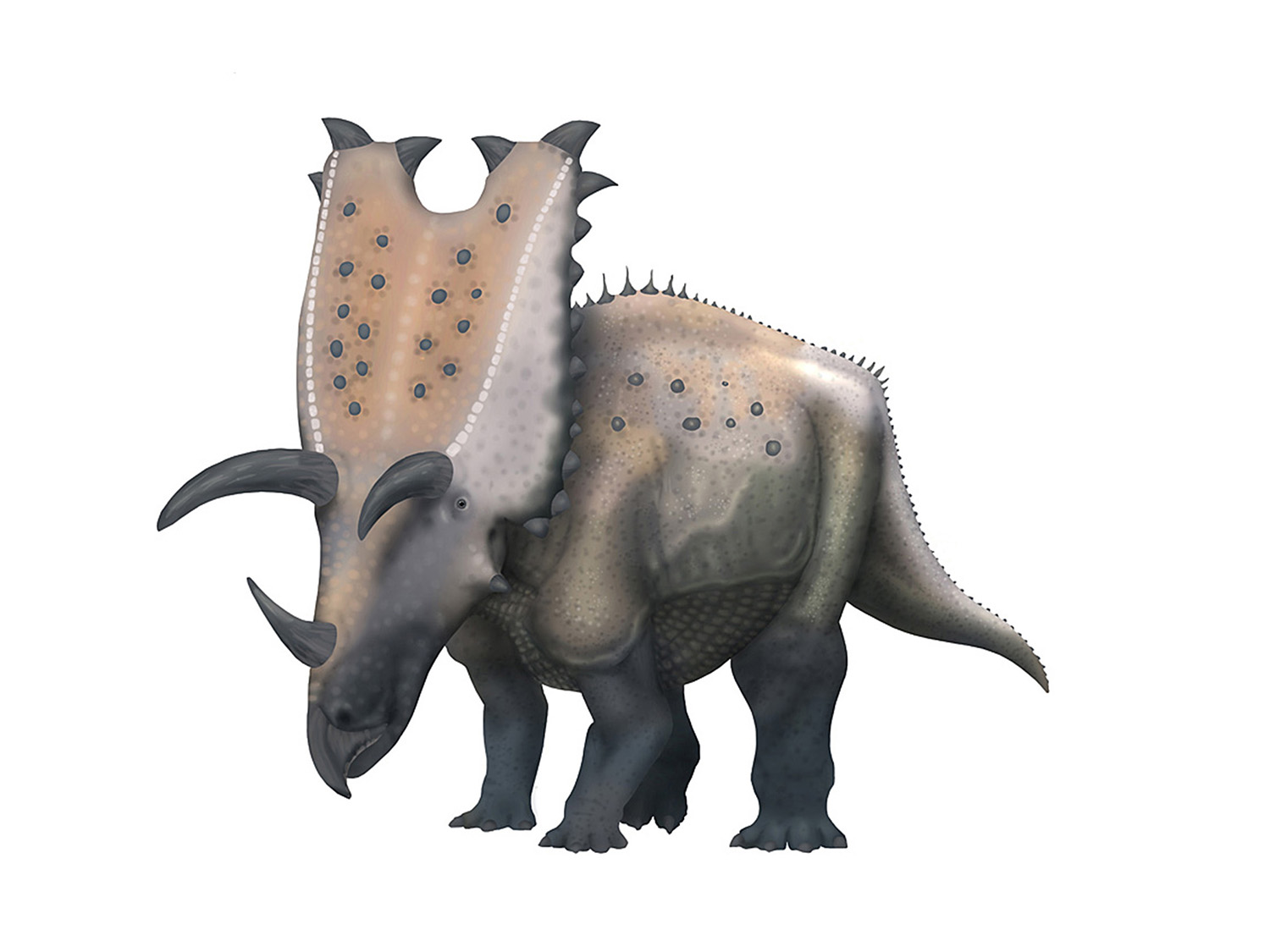Scott A. Hartman
EDUCATION
PhD, Paleobiology, Department of Geosciences, University of Wisconsin-Madison
Major: Paleobiology, Minor: Evolutionary Biology
Bachelors of Science, Zoology, University of Wyoming,
Concentrations: Evolutionary Biology, Paleontology, Geology
PROFESSIONAL EXPERIENCE
Museum Work
Science Director, Wyoming Dinosaur Center, Thermopolis, WY 2005-2010
Display Designer and Coordinator, Liaoning Dinosaur Park, China 2006-2008
Illustration and Design, University of Wyoming Geological Museum, Laramie, WY 2004-2005
Museum Technician, Wyoming Dinosaur Center, Thermopolis, WY 1997, 2003-2004
Illustrator & Museum Technician Tate Geological Museum, Casper, WY 1996-1998
Science Consulting
Cretaceous Films LLC 2010-2011
Anatomy, Design, & Locomotion (film in production)
Creative Differences, Los Angeles, CA 2009-2011
Anatomy, Locomotion, Paleobiology Fact Checking for Dinosaur Revolution
Teaching Experience
Associate Lecturer, Department of Integrative Biology, UW-Madison 2020-Present
University of Wisconsin-Madison Graduate Teaching Assistant 2013-2018
Bio 151 and Bio 152 lab sections.
Visualarium, Los Angeles, CA 2012
Advanced Creature Design – Comparative Anatomy for Artists
Continuing Education, Wyoming Science Teachers Association 2005-2006
Utilizing Dinosaurs in the Classroom; Understanding Cladistics
Undergraduate TA, University of Wyoming, Laramie, WY 2003-2004
Discovering Science, BIOL 1002
Natrona School District 2001-2002
Developed and taught 3-week human evolution module to high school sophomores.
SCIENTIFIC PUBLICATIONS
Hartman, S. Modeling thoracic cavity volume in extinct archosaurs. Manuscript in preparation as part of PhD dissertation
Hartman, S. Thermal ecology and differential survivorship during the End Triassic Extinction. Manuscript in prep as part of PhD dissertation.
Lovelace, D., Hartman, S., Mathewson, P., Linzmeier, B., Porter, W. 2020. Modeling Dragons: an exploration of the impacts of environmental, physiological, and morphological constraints on the early evolution of dinosaurs. In press: PLOS One
Hartman, S., Mortimer M., Wahl W., Lomax D., Lippincott J., Lovelace D. 2019. A new paravian dinosaur from the Late Jurassic of North America supports a late acquisition of avian flight. PeerJ 7:e7247
Snively, E., O’Brien, H., Henderson, D.M., Mallison, H., Surring, L.A., Burns, M.E., Holtz Jr, T.R., Russell, A.P., Witmer, L.M., Currie, P.J. and Hartman, S.A., 2019. Lower rotational inertia and larger leg muscles indicate more rapid turns in tyrannosaurids than in other large theropods. PeerJ, 7, p.e6432.
Wang, X., Pittman, M., Zheng, X., Kaye, T. G., Falk, A. R., Hartman, S. A., & Xu, X. 2017. Basal paravian functional anatomy illuminated by high-detail body outline. Nature Communications, 8, 14576.
Hendrickx, C., Hartman, S.A. and Mateus, O., 2015. An overview of non-avian theropod discoveries and classification. PalArch's Journal of Vertebrate Palaeontology, 12(1).
Ryan, M. J.; Russell, A. P., and Hartman, S. 2010. A New Chasmosaurine Ceratopsid from the Judith River Formation, Montana, In New Perspectives on Horned Dinosaurs: The Royal Tyrrell Museum Ceratopsian Symposium (Ryan, Chinnery-Allgeier, & Eberth eds), Indiana University Press, 656 pp
Mayr, G., Pohl, B., Hartman, S., & Peters, S. 2007. The tenth skeletal specimen of Archaeopteryx, Zoological Journal of the Linnean Society V. 149, pp. 97-116
Lovelace, D. M., Hartman, S. A. & Wahl, W. R. 2007. Morphology of a specimen of Supersaurus (Dinosauria, Sauropoda) from the Morrison Formation of Wyoming, and a re-evaluation of diplodocid phylogeny. Arquivos do Museu Nacional, Rio de Janeiro 65, 527-544
Wegweiser, M. D., Hartman, S. A., and Lovelace, D. M. 2006. Duckbill dinosaur chin skin scales: Ups, downs, and arounds of surficial morphology of Upper Cretaceous Lance Formation dinosaur skin. Late Cretaceous vertebrates from the Western Interior (Lucas & Sullivan eds). NMMNH Bulletin 35. pp. 119-125
CONFERENCE PRESENTATIONS
Hartman, S., Mortimer, M., Lovelace, D. 2018. A testable macroevolutionary framework for character acquisition in the origin of avian flight, SVP 2018.
Hartman, S., Mortimer, M., Wahl, W., Lomax, D., & Lovelace, D. 2017. New information on a paravian theropod from the Morrison Formation, SVP 2017.
Hartman, S. 2016. Mechanistic physiological modelling predicts geographic distribution of Late Triassic tetrapods. In Annual Meeting of the Society of Vertebrate Paleontology, SVP 2016.
Hartman, S., Lovelace, D., & Linzmeier, B. J. 2015. Using ecological modelling to quantify thermal constraints on two Late Triassic dinosaurs. Journal of Vertebrate Paleontology. Vol. 35, online supplement.
Hartman, S. 2012. Investigating the impact of competing interpretations of pectoral girdle placement and appendicular function on sauropod head height. Journal of Vertebrate Paleontology. Vol. 32, Online supplement.
Hartman, S. 2007. Re-evaluating wing shape in Archaeopteryx: Information from the Thermopolis specimen. Journal of Vertebrate Paleontology, Vol. 27, Supplement to No. 3.
Hartman, S., & Shinkle, L. 2006. Estimating osteological neutral position in sauropod axial skeletons: Comparing two-dimensional and three-dimensional methods of analysis. Journal of Vertebrate Paleontology, Vol. 26, Supplement to No. 3.
Shinkle, L. & Hartman, S. 2006. Utilizing 3d laser scans and commercially availabe software to create and analyze virtual morphological data sets. Journal of Vertebrate Paleontology, Vol. 26, Supplement to No. 3.
Hartman, S. 2005. Estimating Ancestral Habitat and Selective Pressures Leading to the Origin of Avian Flight. II Latin American Congress of Vertebrate Paleontology.
Hartman, S., Lovelace, D., & Wahl, W. 2005. Phylogenetic assessment of a maniraptoran from the Morrison Formation. Journal of Vertebrate Paleontology, Vol. 25, Supplement to No. 3.
Hartman, S. 2004. Stance and carriage in Brachylophosaurus: Evidence from articulated specimens. Journal of Vertebrate Paleontology, Vol. 24, Supplement to No. 3. pp. 68A
Hartman, S. 2002. Estimating nuchal ligament depth in hadrosaurid dinosaurs: The return of the pencil-necked hadrosaurs? Tate 2002 Field Conference Guide.
Hartman, S. 2000. Primary and caudal feathers as locomotory adaptations in maniraptoran theropods. Journal of Vertebrate Paleontology, Vol. 20, Supplement to No. 3. pp. 47A
GRANTS & AWARDS (Total $38,500)
C.F. Schiesser Outstanding Student Research Paper Award, Geoscience, UW-Madison 2020
Awarded for Hartman, et al., 2019
George J. Verville Award in Geology and Geophysics, UW-Madison 2018
Awarded for excellence as a graduate student in paleontology
L&S Teaching Fellow, College of Letters & Sciences, UW-Madison 2017
Awarded for excellence in teaching
Experiment.com funding for “Describing a Jurassic maniraptoran dinosaur from 2016
the Morrison Formation of North America”
Communication-B Teaching Assistant Fellow, University of Wisconsin-Madison 2015
Awarded for sustained success in teaching undergraduates scientific writing in their majors
Jurassic Foundation 2004
Awarded for CT scanning a new Jurassic coelurosaur
B.O.C.E.S. 2001 & 2002
Development of human evolution display & reverse classroom human origins course
Wyoming Geological Association 2000
Student support grant to present findings at SVP conference in Mexico City
EPSCOR: Investigation of Orellan stratigraphy with Kent Sundell (PI) 1998
WEB DESIGN & PROGRAMMING
20 years of professional photo editing and image correction in Photoshop, familiarity with entire Adobe CS suite
Professional experience with web design and custom content management software, as well as experience designing templates for Joomla, Drupal, Wordpress, and Blogger
Experience creating websites using the following web standards: HTML, CSS, PHP, MySQL, and Javascript
Experience with wireframe design for websites and mobile apps, and best practices for User Interface and User Experience design
SCIENTIFIC ILLUSTRATION
Select Institutions featuring my work:
Oregon Museum Of Science and Industry, Portland, OR
Perot Museum of Science and Nature, Dallas, TX.
Rocky Mountain Dinosaur Resource Center in Woodland Park, Colorado.
Royal Ontario Museum, Toronto, Canada.
National Museum of Natural History, Washington DC.
Tate Geological Museum in Casper, Wyoming.
University of Wyoming Geological Museum in Laramie, Wyoming.
Utah Museum of Natural History, Salt Lake City, Utah.
Wyoming Dinosaur Center, Thermopolis, WY.



















